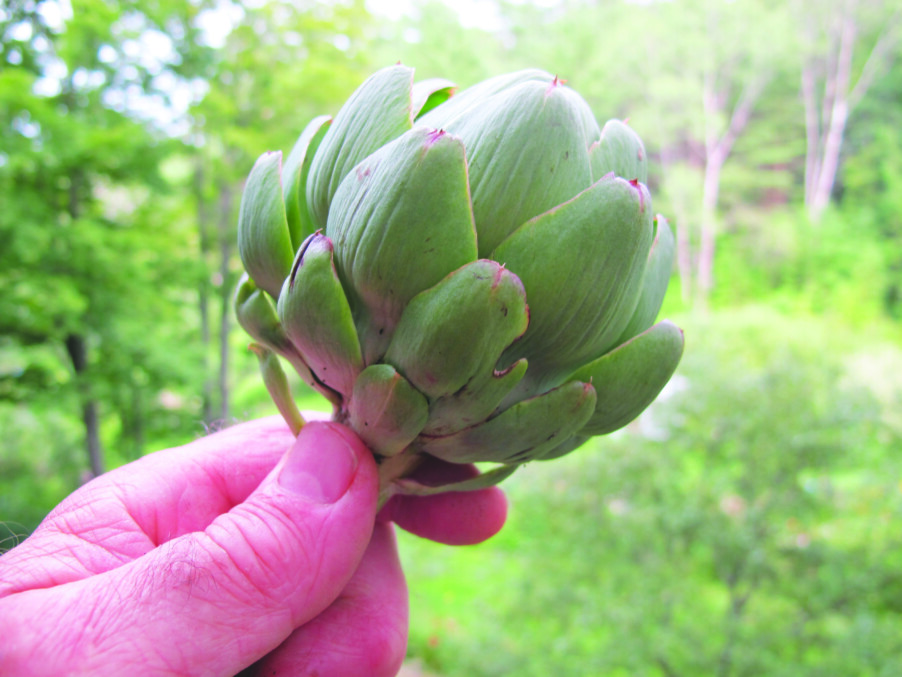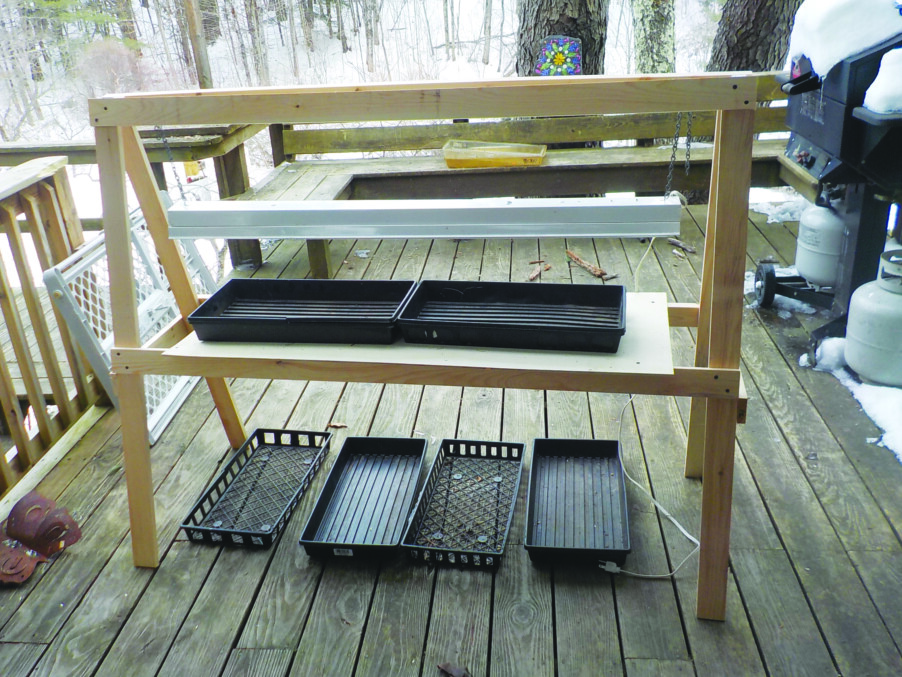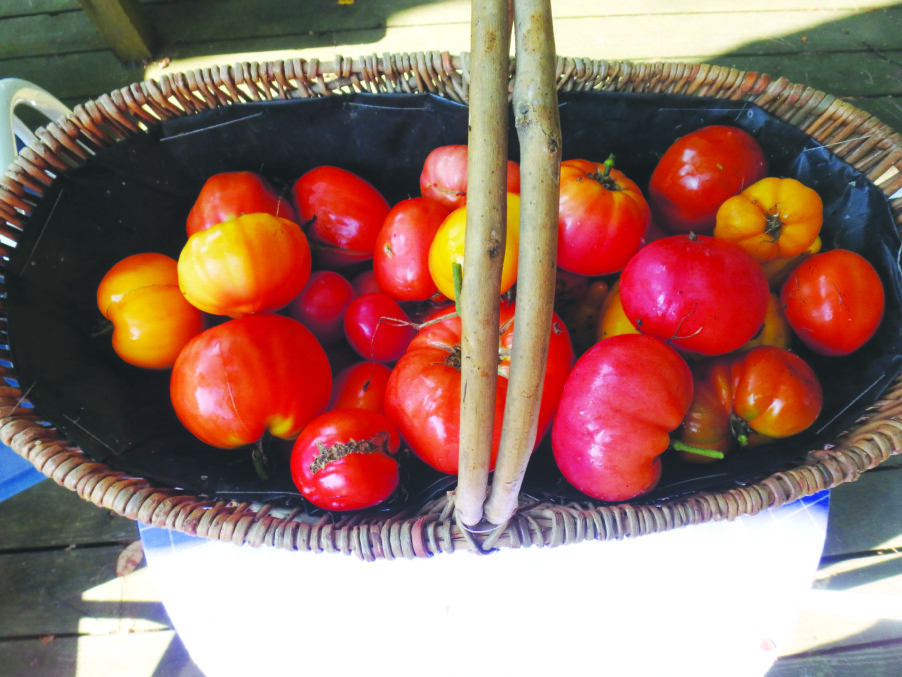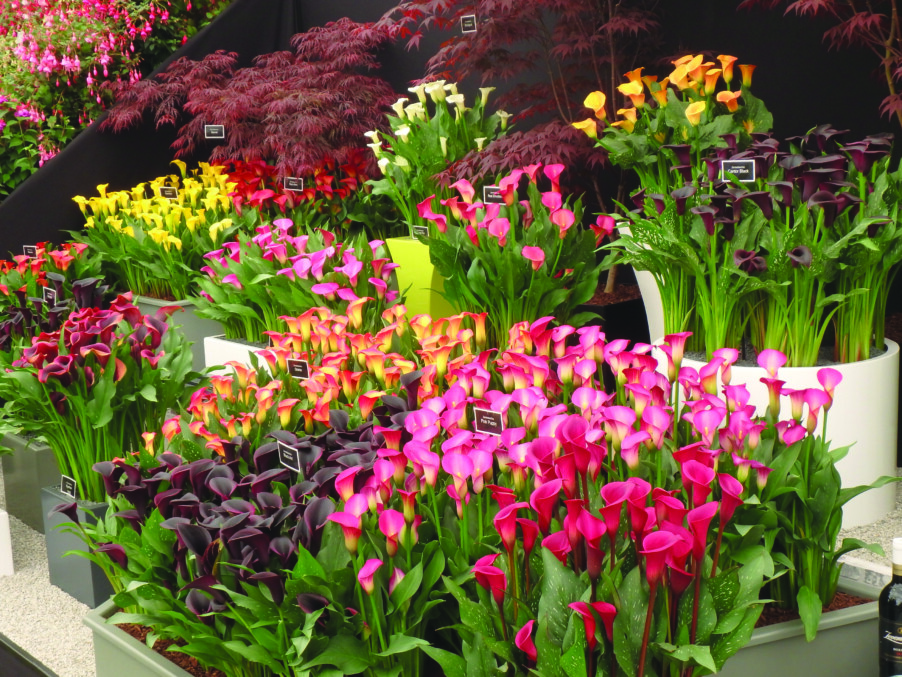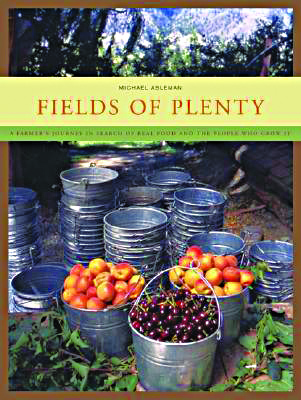On a cold and snowy day I paused to think back a few years to a conference I attended run by the Ecological Farming Association in Pacific Grove, California. There were several sessions by scientists presenting research confirming what organic gardeners have always known: organic techniques yield plants that resist disease and insects better, and produce better-quality and healthier vegetables. I dug out my notes, and would like to share some of what I learned.
Dr. Larry Phelan, a research scientist at Ohio State University, explained that he wanted to see if organically grown plants attracted insect pests differently than those grown using conventional techniques. He collected soil from two farms that were across the road from each other. The soils were identical except for how they had been tended for the past several years. One farm was organic, the other conventional.
To reduce other variables, Dr. Phelan brought the soil to his greenhouse and potted it up in large containers. He then grew corn in the containers, adding chemical fertilizers in some, fresh cow manure in some, and composted manure in others, using both types of soil for each method. When the corn was at the appropriate size, he released corn borers into the greenhouse and watched what happened.
Not surprisingly, the corn borers preferred the corn grown conventionally. Not only that, but the long-term history of the soil also mattered. The soil from the organic farm had higher levels of organic material in it, and consistently was less attractive to the borers, even if used with chemical fertilizers.
Why should this occur? Dr. Phelan explained that plants evolved over the millennia getting their nutrients through the soil food web, depending on the symbiotic relationships between plants and microorganisms. Soils rich in organic matter provide much needed nutrients in a slow, steady stream, the way Mother Nature does it.
He said that when a plant gets too much nitrogen, the excess is stored in the form of amino acids, the building blocks of protein. For insects, this is like candy for kids: they can detect it, and go to the source.
Dr. Autar Mattoo of the United States Department of Agriculture Research Station in Beltsville, Maryland, also presented some very interesting findings. He compared the health of tomatoes grown with chemical fertilizer on black plastic to the health of those grown organically using a mulch of hairy vetch, an annual cover crop. He found that tomatoes grown with hairy vetch were dramatically better at resisting fungal diseases, especially those that cause blackening and dropping of leaves, which is often the bane of gardeners.
Dr. Mattoo explained that the vetch fixes nitrogen when growing. Which is to say it extracts nitrogen from the air and turns it into a form that plants can use. It was mowed down before flowering and allowed to stay on the surface of the soil, producing a considerable biomass to nourish soil microorganisms.
Compared to chemical fertilizer and black plastic, Dr. Mattoo found a 25 to 30 percent increase in yield using vetch. He explained that eventually the organic tomato plants would develop fungal diseases, but that for the first 84 days after transplant (late August for us), there was virtually no leaf blackening. At the same time, the tomato plants grown conventionally were severely damaged.
He attributed much of the difference to hormone signaling. Anti-fungal proteins can be produced when specific genes are activated, protecting leaves. He explained that depending on the environmental conditions specific genes are turned on or off. He was able to show this by photographing specific genes in the leaves of the tomatoes to see their size and thus their levels of activity. It appears that something in the vetch stimulated the tomatoes to produce those anti-fungal proteins.
What does all this prove? Being an organic gardener has many benefits, and scientists are just catching up with us! So as you plan your garden projects for the spring, think about giving up your use of chemical fertilizers.
Featured photo: This artichoke from my garden was grown without chemicals. Photo by Henry Homeyer.

